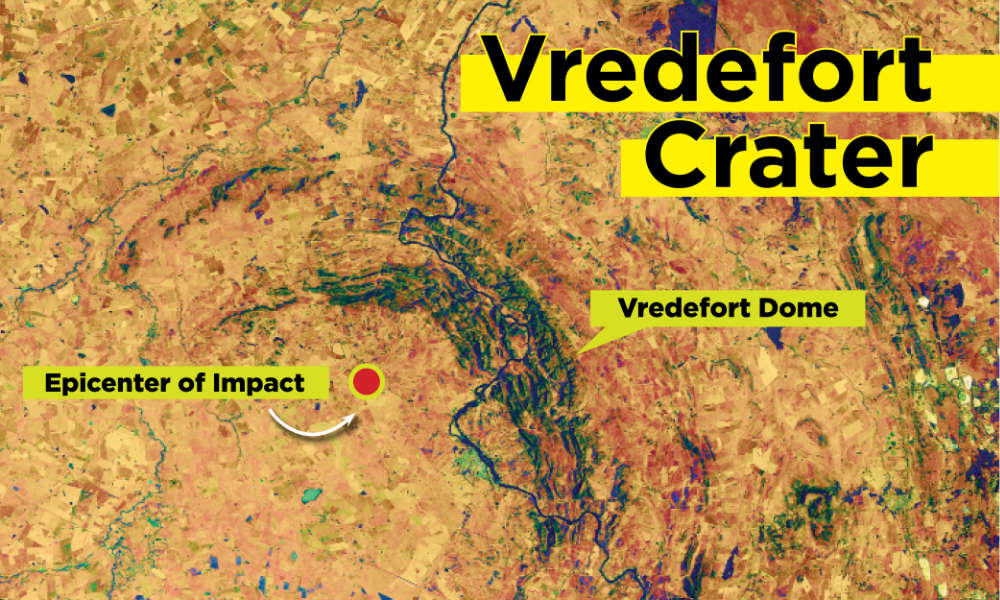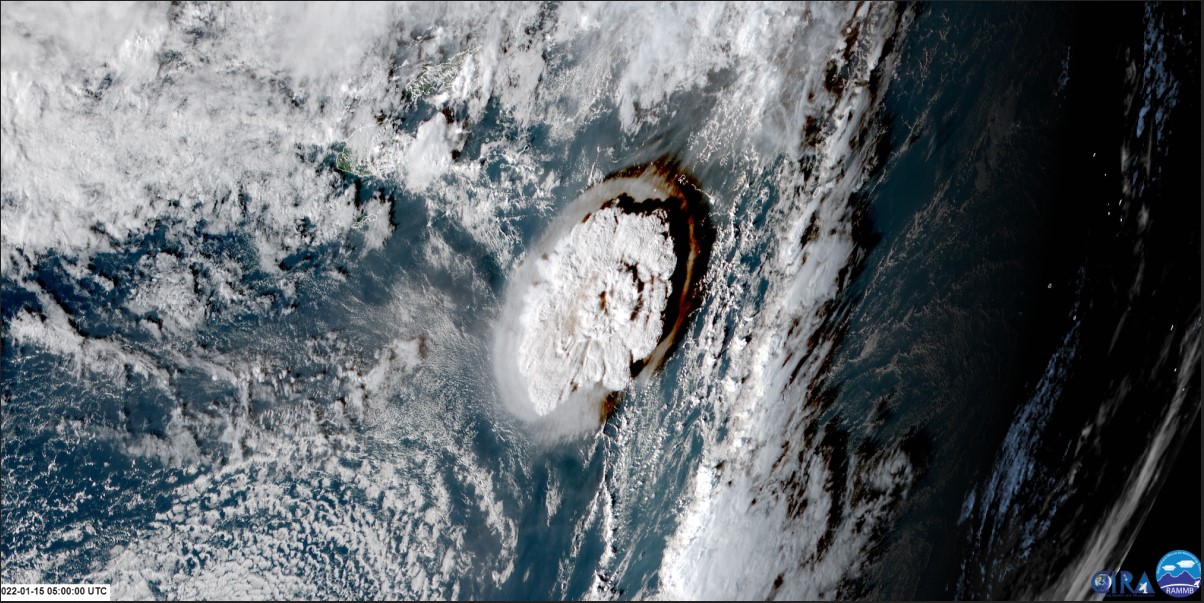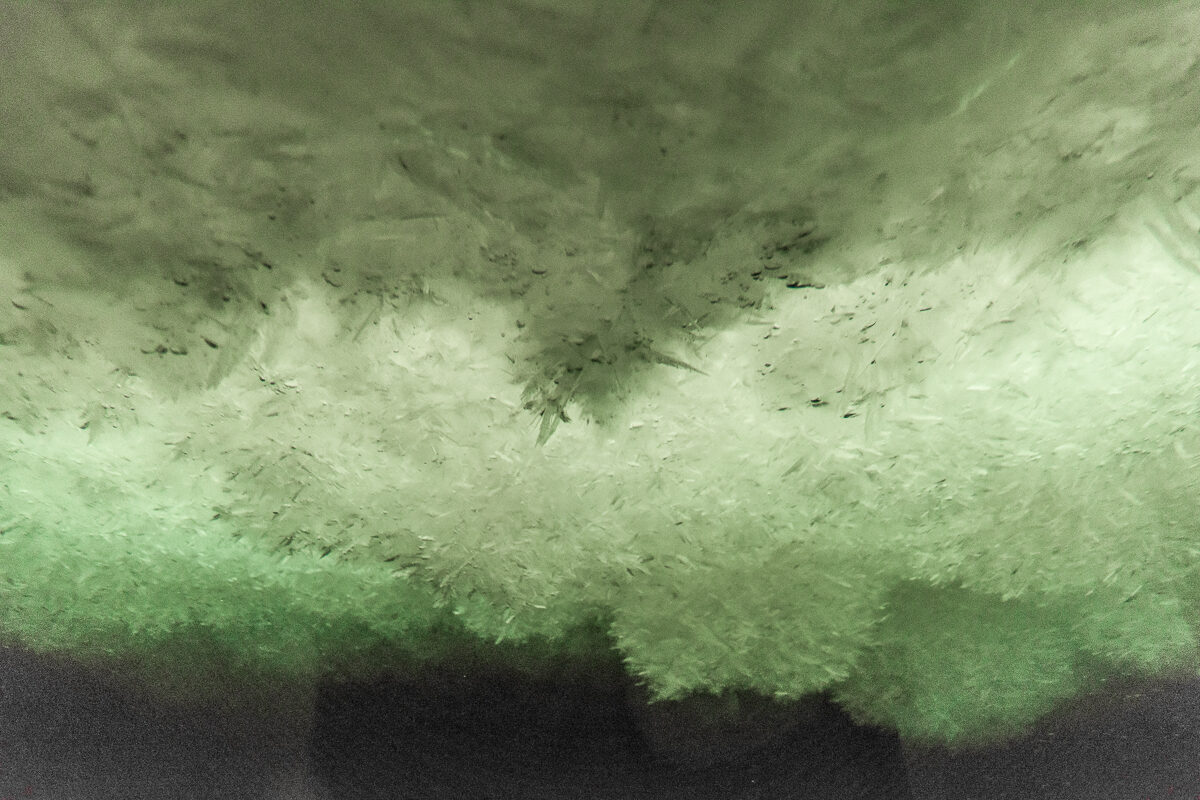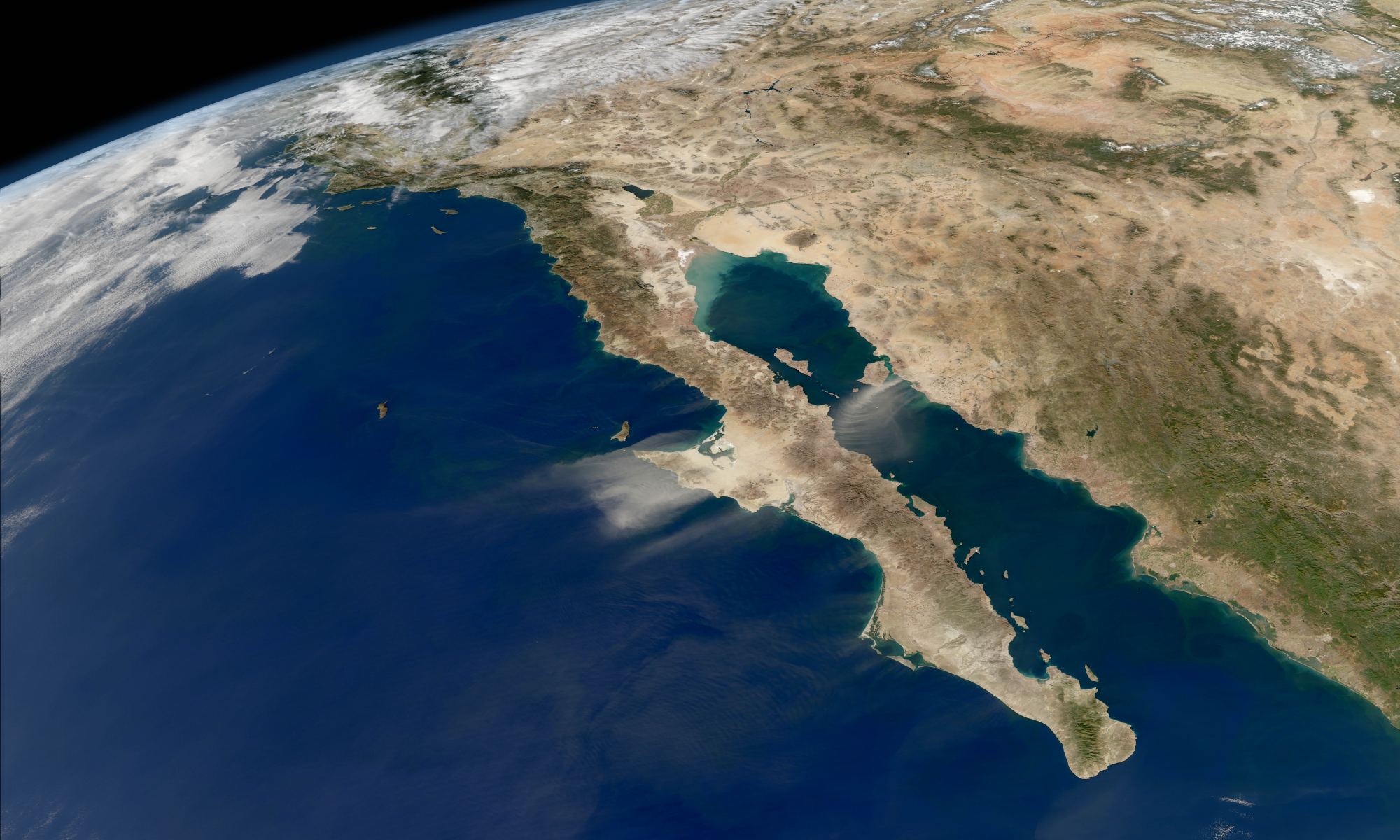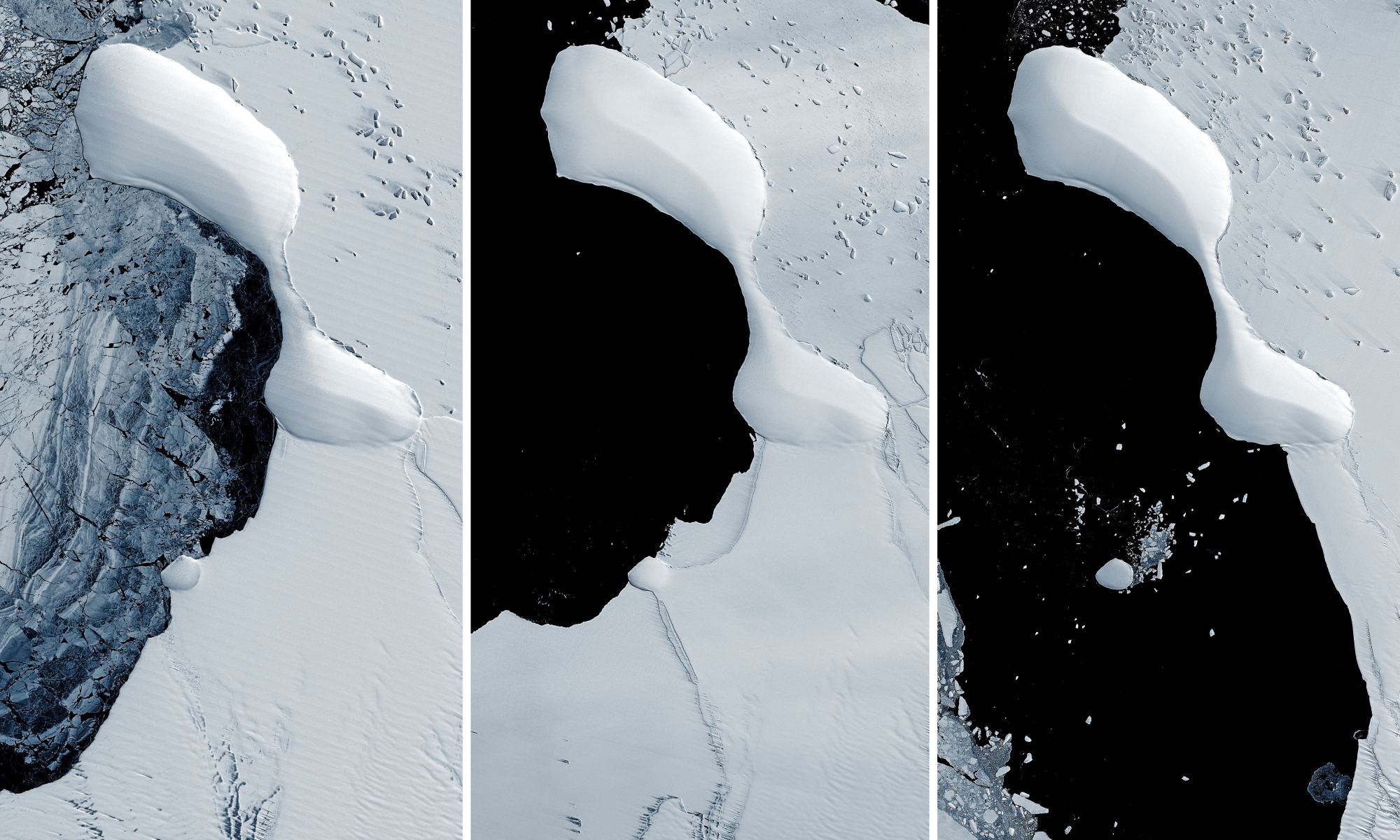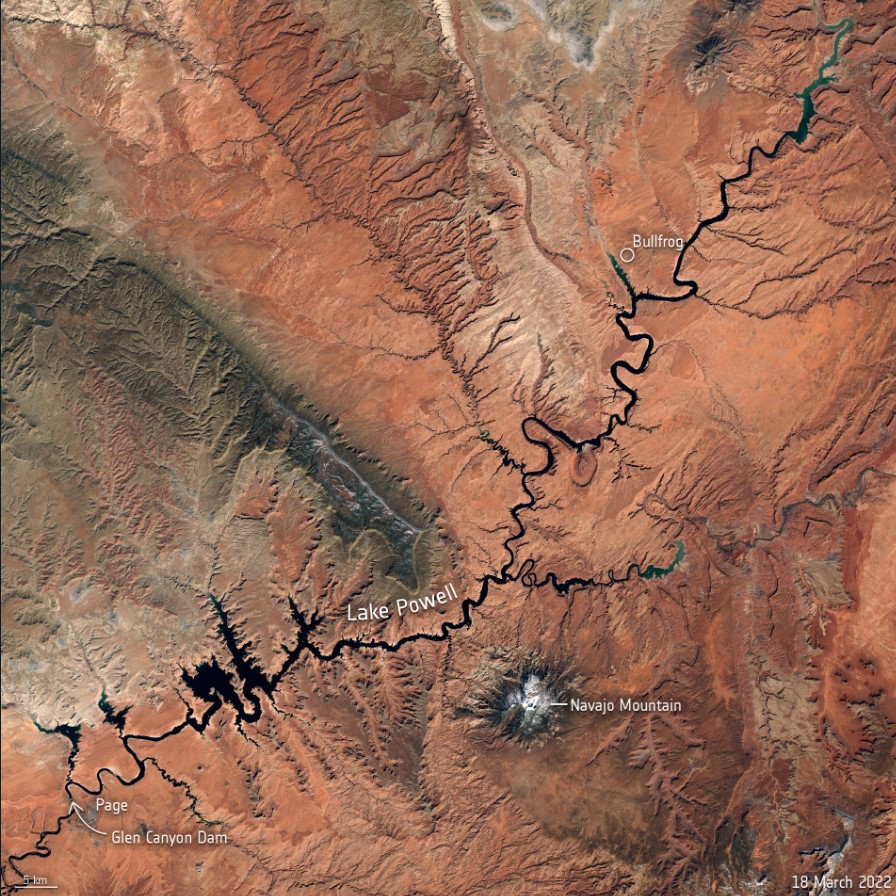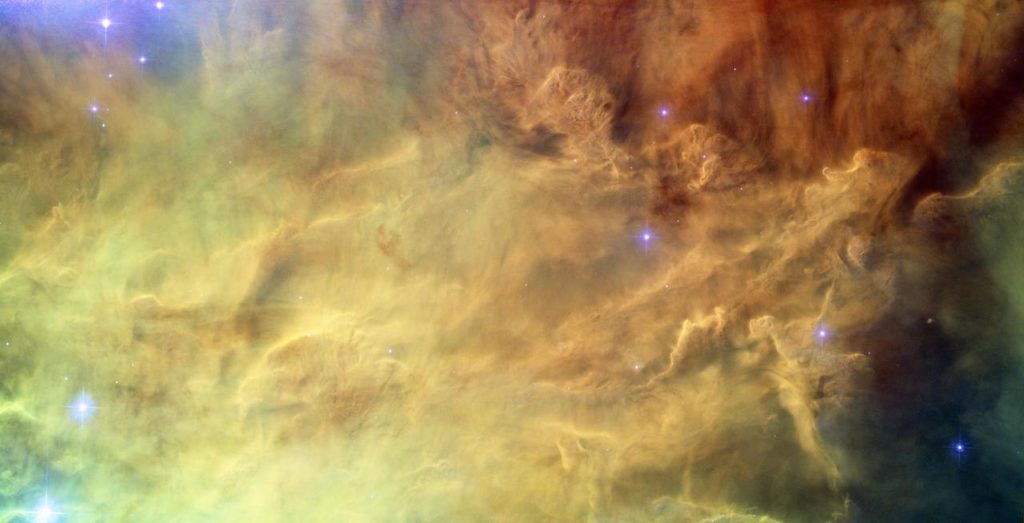Ancient impacts played a powerful role in Earth’s complex history. On other Solar System bodies like the Moon or Mercury, the impact history is preserved on their surfaces because there’s nothing to erase it. But Earth’s geologic activity has erased the evidence of impact craters over time, with some help from erosion.
Earth’s complex history has elevated its status among its Solar System siblings and created a world that’s rippling with life. Ancient giant impacts have played a role in that history, bringing catastrophe and disruption and irrevocably changing the course of events. Deciphering the role these giant impacts played is difficult since the evidence is missing or severely degraded. So how do scientists approach this problem?
One crater at a time.
Continue reading “Scientists Have Been Underestimating the Asteroid That Created the Biggest Known Crater on Earth”
